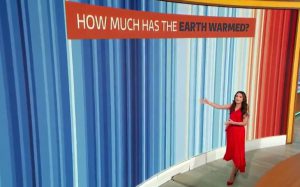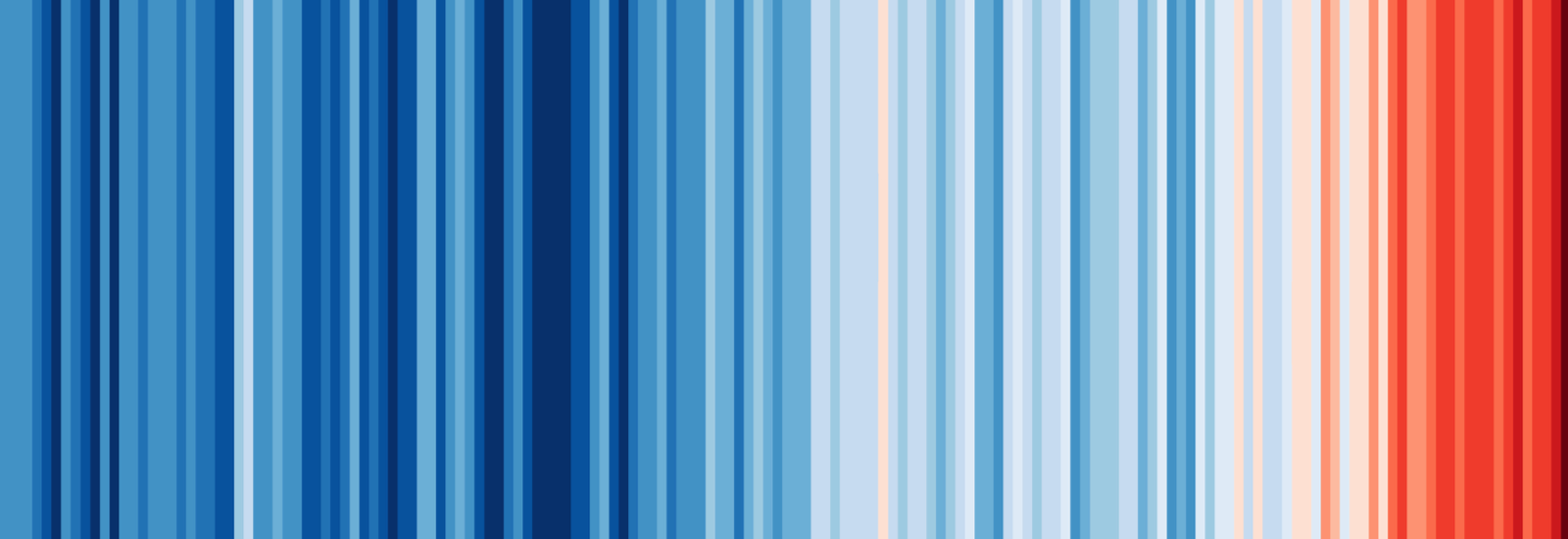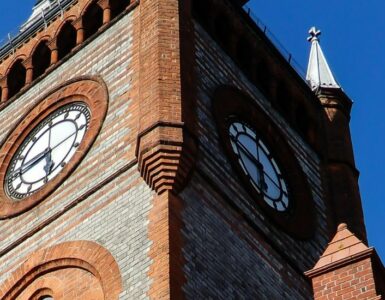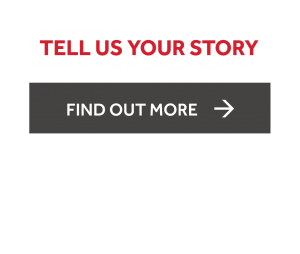The University of Reading is keeping climate change high on the agenda during the pandemic with its #LockdownClimateChange campaign. CONNECTED takes a look at how the University is contributing to the global discussion.
From setting a carbon reduction example and influencing climate strategy consultation in the town, to urging everyone to #ShowYourStripes to raise awareness of the climate emergency, the University remains as active as ever in its efforts to address climate change.
Helping Reading achieve carbon zero
Carbon reduction expertise from the University of Reading has been lent to ambitious plans to make Reading net carbon zero by 2030.
The University has submitted its institutional response to the Reading Climate Change Partnership (RCCP) climate strategy consultation. It offers a number of suggestions based on the experience of its Sustainability team in making its campuses more environmentally friendly in recent years.
The partnership, which involves experts from the University along with representatives from Reading Borough Council, local businesses, and the community and voluntary sector among others, is co-chaired by Reading’s Professor Tim Dixon, alongside Tracey Rawling Church, of CSR Guru Consultancy.
Professor Dixon said: “This is your chance to help shape Reading’s plans to play a leading role in creating a sustainable and positive future for everyone.
“Climate change is a major problem for the whole world, not just Reading, but local action to reduce our carbon footprints will be a key part of the jigsaw to reduce its damaging impacts in the years to come.
“At the University we are proud to be playing our part through our own ambitious carbon reduction actions and contributing our expertise to this strategy. We look forward to working with partners to make a positive difference to the borough, and the planet.”
One of the comments made by the University of Reading on the proposed strategy was the need to encourage walking, cycling and using public transport to reduce the number of car journeys. This includes providing services in public transport ‘black spots’ in the area, such as a number identified around the University’s campuses, and increasing bus services.
The University’s submission also stated that strong advice services, including energy surveys and opening environmentally friendly homes for people to visit and learn from, would help change behaviour and attitudes throughout the borough.
Leading the way
Many of these comments were informed by first-hand experience the University of Reading has of reducing its own carbon footprint. Since 2016, the University has achieved a carbon reduction of more than 40%, and is on course to surpass its target of a 45% reduction by the end of this month.
This was achieved through initiatives such as increasing the number of solar panels on its campuses fivefold to more than 1,500, extending its low-pollution heating system to more buildings, recycling and reusing items like furniture and computer equipment, and reducing car journeys made by staff and students.
#ShowYourStripes
The University is also keeping climate change high on the agenda during lockdown by encouraging everyone to #ShowYourStripes to help the planet. On 18 June, for the third year running, hundreds of weather presenters and broadcast meteorologists around the world showed their stripes during weather forecasts and bulletins, including on BBC Weather and ITV’s Good Morning Britain in the UK.

The climate stripes, which show how annual average temperatures have risen in every corner of the globe, were first made at the University of Reading by climate scientist Professor Ed Hawkins in 2018, and have since spread worldwide. This year, the focus is on how climate action requires a similar intensity of global change as brought about by the COVID-19 pandemic.
Professor Hawkins, climate scientist at the National Centre for Atmospheric Science at the University of Reading, said: “We’re asking everyone to show their stripes for the climate. We hope that by raising awareness of this data in a visual and accessible way more people will wake up to the reality of climate change, wherever they live.
“I would urge anyone who cares about the future of our planet to check out the stripes for their region and share it with others. It’s a powerful way to show what we humans have already done to the climate in our respective home countries.”
Professor Mark Fellowes, Pro-Vice Chancellor for Academic Planning and Resources at the University of Reading, said:
“#ShowYourStripes reminds us all that the threat of climate change hasn’t gone away. A warming planet is a threat to everyone’s health and livelihood, and those of generations to come.
“At the University of Reading, we are doing something about climate change, through our world-leading research, with an ambition to become the greenest University in the world, and by working to make society more resilient to the effects of the changes we are already experiencing.”
Find the custom-made graphic for your own country or US state. The graphics illustrate with colour-coded vertical stripes how temperatures have changed each year over more than a century.






